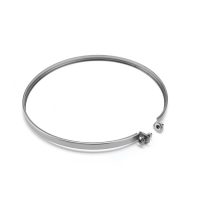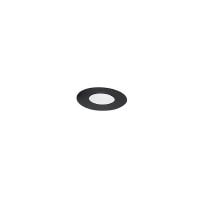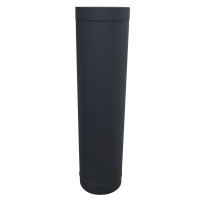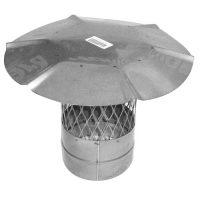Author: Linda Moore
As winter approaches, everyone begins to think about the furnace. Will in kick on? Will it last through another long, cold winter? Should we install a new furnace? If so, with what kind? If these questions are familiar to you, keep reading as we try to “demystify” a couple of household heating sources.
The most important step to take before starting the furnace for the season is to have it inspected by a licensed professional. They will clean the furnace, make sure it is in good working order, they will also recommend any parts that will need to be serviced or replaced in the near future.
If the furnace inspector tells you that it is time to replace the furnace, you may be overwhelmed by the choices in today’s’ furnace market. There are the standard gas, oil and electric furnaces as well as the newer outdoor wood furnaces and corn-fueled furnaces to name a few. There is lots of information available on these newer furnaces on the internet, however, a quick overview will be provided here.
One of the most popular options today is an outdoor heating source. It uses the old standby of wood, but eliminates the mess and smell associated with burning wood. An outdoor wood heating unit is placed approximately 500ft from the house. The wood burner itself is built inside of a small building, this often is made to look like a smaller house or shed. The heat is carried from the burner via heated water, which runs through underground, insulated pipes. This is the most effective and efficient method for moving heat over distances. Once the heated water reaches its destination, there are a couple of options for actually heating the home. Using a boiler, radiant floor heating system, a heat exchanger or a forced air furnace that is powered by a direct circulation system. The wood burning system can also do double duty to heat household water if a water-to-water heat exchanger is installed.
Although there are many advantages to using an outside wood burning furnace, it has a down side to its use as well. The cost can be quite high for most people, running approximately $5,000 installed. This of course, depends upon what part of the country you live in.
Another alternative to the traditional furnace that is gaining in popularity is the corn burning furnace. This type of furnace uses shelled corn (the same kind fed to livestock) to heat a home. While this is a viable source of heat it is not fool proof, it does have drawbacks that need to be considered before making a final decision.
Corn fuel furnaces are comparable to a convention furnace as far as price is concerned, costing roughly $2,000. It uses corn that has no more than 15% moisture content; fortunately, this is the same percentage of moisture as feed corn, making it very easy to obtain from a local elevator. The cost of burning corn as compared to propane is approximately one bushel of corn is to 5.5 gallons of propane fuel. Corn is also a natural and renewable resource, and keeps farmers in business while keeping your heating costs down.
On the other side, corn fed furnaces need daily cleaning to be efficient. They also run on an electric fan system, if you lose electricity, you lose heat also. For this reason, its best to either have a generator or a back up furnace for emergencies.
Being armed with the knowledge of these types of heating sources will make you a more educated consumer when it is time to replace an old, worn out furnace.
About the Author:
Linda Moore writes on a variety of subjects including home ownership, family matters, personal enrichment, replacing your furnace and property values,






